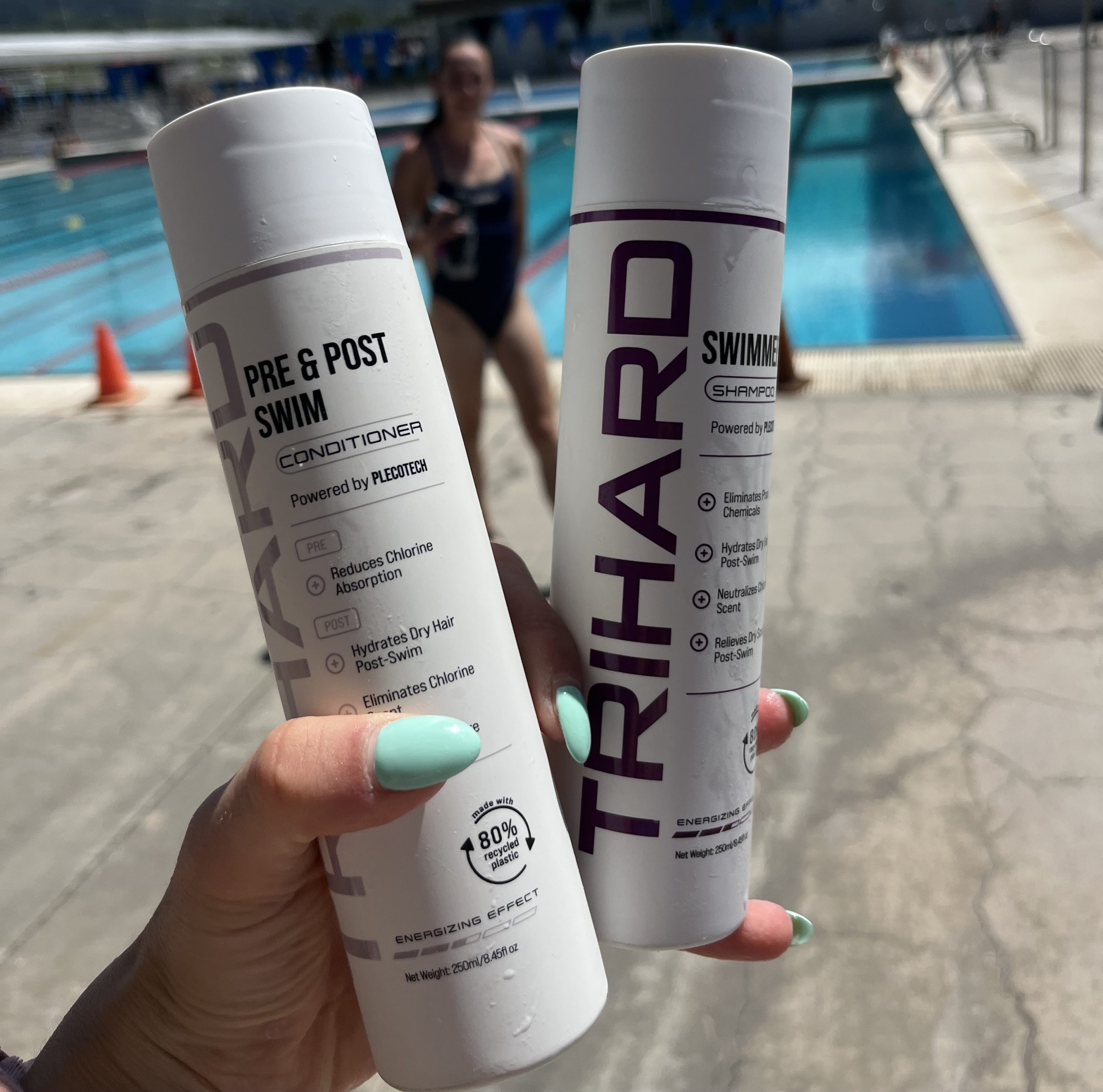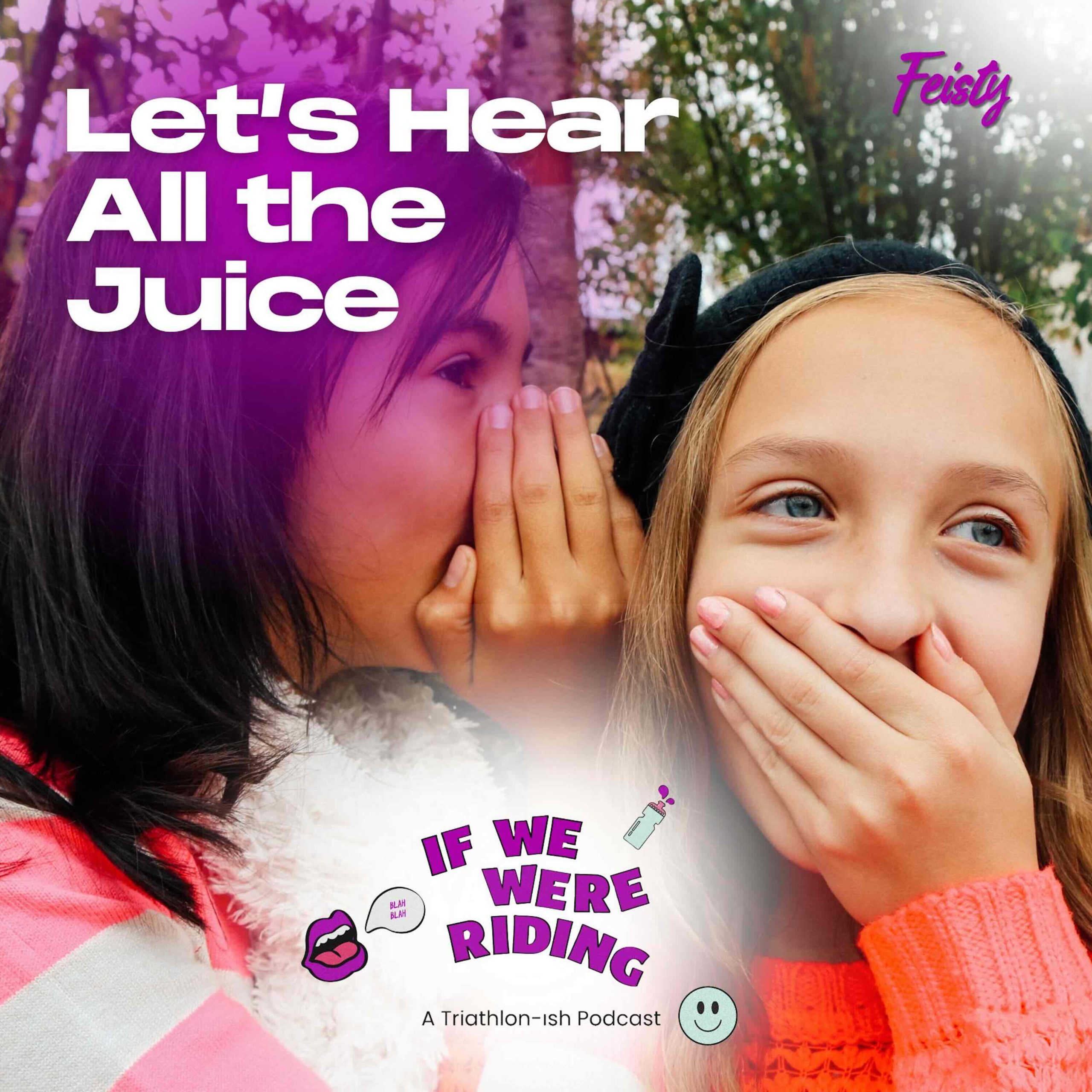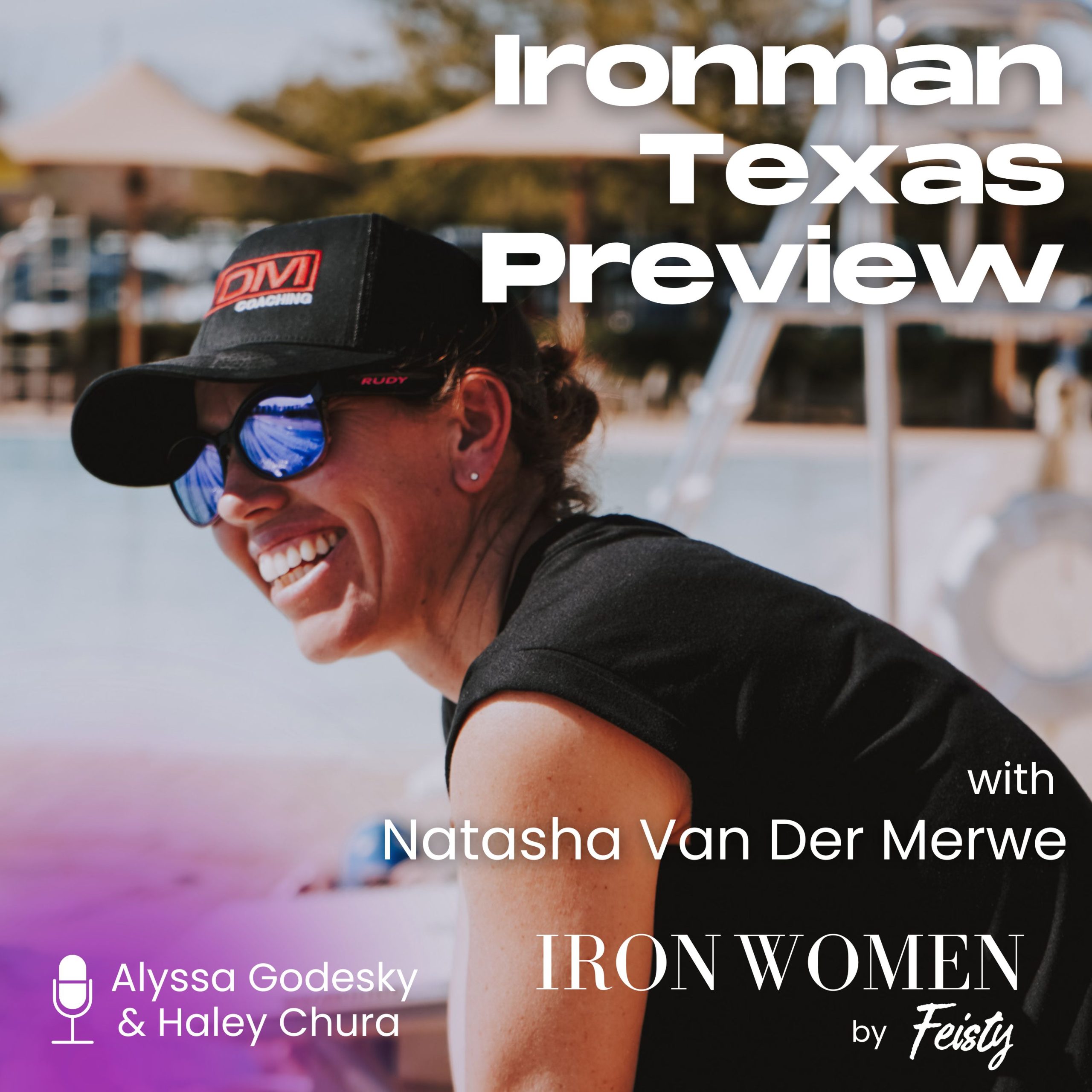April 4, 2018
Newsletter ep. 29: Gwen, USADA & triathlete demographics
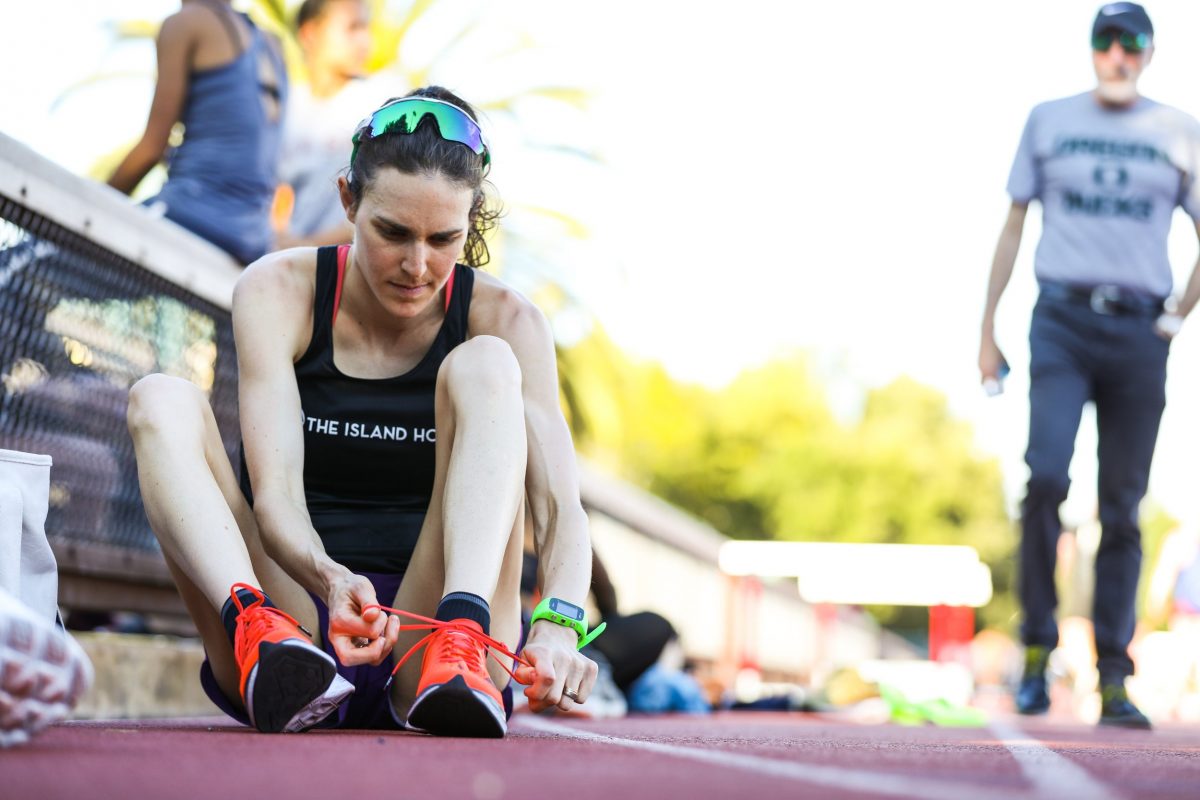
Photo by Talbot Cox
‘If We Were Riding’ is a weekly triathlon-ish newsletter written by Kelly O’Mara and produced by Live Feisty Media. Subscribe to get it in your inbox every Wednesday morning. You can also read past issues. This episode is from April 4, 2018.
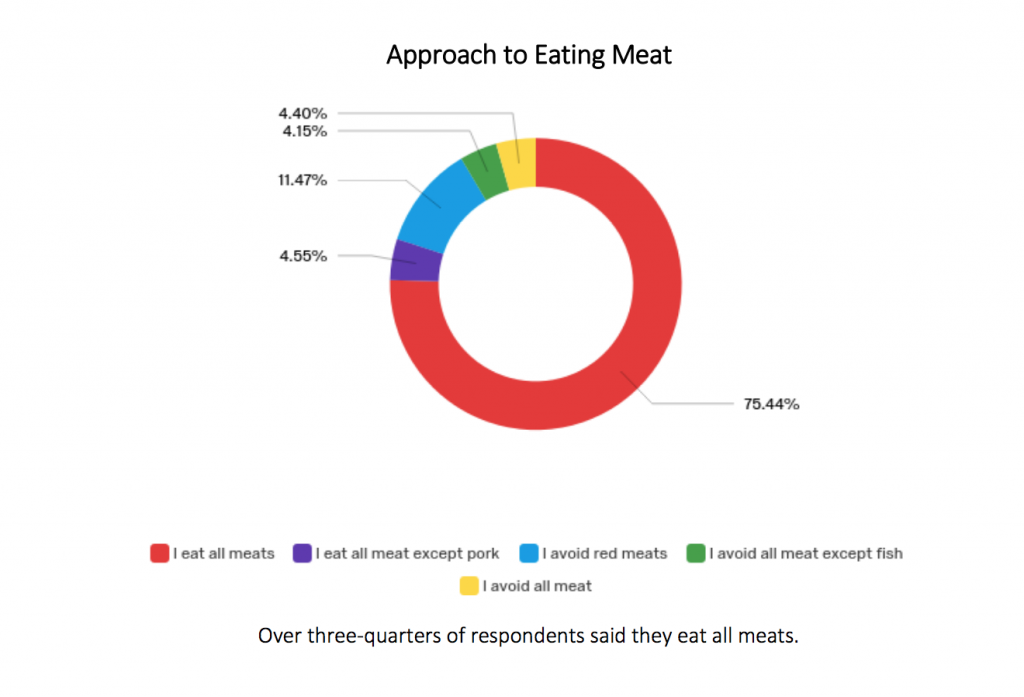
Who are triathletes?
The above question and graph are from the comprehensive membership survey USA Triathlon conducted in 2016. I’m not sure what your approach to meat says about you as a triathlete, but maybe it says something. Because the fairly in-depth survey was done in an effort to try to understand who exactly triathletes are anyway.
If, on average, “triathletes” did 3.4 triathlons per year (as it says in the survey), then how many triathlons are required to qualify you as a triathlete? What about the things you do the other 352 days of the year?
If triathlon spending totals $2.8 billion annually, then what counts as spending on triathlon? Is it only triathlon races and TT bikes? What about running shoes from running stores, and gym memberships even when you’re in the off-season? There are 95% of us (again, per the survey, but also per common sense) who do non-triathlon events during the year. I don’t think that means we’re not triathletes while we’re Spartan Race-ing.
I was looking at all of this because I’ve been working on a story about the challenges triathlon retail (and endurance sports overall) are struggling with, and what can be done about solving those problems. And I don’t have a solid answer yet, but I do think there’s something to be learned in how we’re defining triathlon and triathletes. If you run, you’re a runner. If you _____, you’re a triathlete?
Let’s talk about Gwen
I know, I know. I’ve been skeptical about Gwen Jorgensen’s chances of going from triathlon gold medalist to marathon gold medalist. And, honestly, my skepticism isn’t without reason. She said, herself, in Sports Illustrated this week: “If someone else showed me my PRs on paper and said this person wants to win Olympic gold, I’d probably laugh just like you. I’d say ‘Uh..Yeah. Good luck!’ I haven’t really proven anyone else’s belief, and until I go out there and perform, no one should go out there and believe me. That’s what my goal is. That’s what I believe I can do.”
She’s too smart and self-aware to be able to ignore the reality of her times and the competition out there. But if you’re the best, you still shoot for being the best. I get that. What I wonder is what she really tells herself, deep down.
The Sports Illustrated story gets into a lot of those details; it’s worth a read. And her Youtube channel released new episodes covering the 10,000m race she ran (and won!) at Stanford this past weekend in 31:55. Obviously, she’ll need to run faster eventually, but you run what you have to run to win. It also marked her debut finally officially joining the Bowerman Track Club with Shalane Flanagan and Amy Cragg. So. We’ll see. I was skeptical. Now, at least, I’m pretty curious too.
After popping one out
One of the physical challenges Gwen clearly is working through is getting back to full-speed post giving birth. In that Sports Illustrated article, she talks about getting back to running post-birth and the importance of pelvic floor PT (which I have been hearing more and more about).
It used to be that no one knew anything, like really for real, about getting back to top-level sports post-birth. This was partially a product of male doctors and medical knowledge, and partially because there just weren’t that many people who had tried it. When I wrote a story four years ago about women running faster after popping one out, the overwhelming thing I took away was: Every elite athlete was sort of figuring it out on her own.
So it’s a big deal that the IOC is actually studying the topic now and coming up with actual recommendations (not just vague suggestions from doctors about ‘taking it easy’). And with so many new moms getting back to racing pro triathlon this year, I think we’re going to see a lot of impressive performances and learn a lot about the process.
Non-competitive doping?
Two age-group athletes got busted for doping this week: Nicholas Gough for EPO and Julie Rosiek for an anabolic steroid she didn’t have a therapeutic use exemption for. My understanding, and correct me if I’m wrong, is both of these were out-of-competition, which means that someone had to report or flag them as suspicious, since they’re age-groupers. My understanding is also that Gough is a top age-group athlete and has qualified for Kona, but that Rosiek’s results are more middle-of-the-pack.
There are very, very good arguments out there for busting middle-of-the-pack age-groupers. Everyone deserves fair sport. A lax attitude on cheating can trickle down (or up, in this case) and permeate the sport. And, ultimately, what we really care about is people’s health, and it is, in some ways, the age-groupers abusing testosterone who we should potentially be most concerned about.
But, there is also an argument out there that we could have a “recreational” category for age-group athletes allowing them to use some banned substances for health or doctor-prescribed reasons. Kind of like how you’re allowed to wear a wetsuit in non-wetsuit races but then you’re disqualified from awards. Except not exactly like that at all. (Here’s a totally satirical article explaining the concept.) I’m not sure how triathlon could do this, while still being overseen by USADA and the World Anti-Doping Agency, but it is definitely an idea being floated. What do we think of a non-competitive category that would allow some banned substances for age-group athletes?
______________________________________________________________________
- I mentioned before that Ironman champs Ben Hoffman and Sebastian Kienle raced the epic Cape Epic mountain bike stage race last month. Well, this is what it was like.
- Speaking of races that sound terrible/amazing, I read two different Barkley Marathons race reports this week: Gary Robbins’ and Amelia Boone’s. Both made me have zero desire to do the race.
- The Speed Project—a 340-mile relay from L.A. to Vegas—also happened over the weekend and also prompted the kind of under-the-radar social media buzz people seem to be into these days. Thirty-eight teams finished, with the fastest (four men + two women) in 35:49. I, however, can not be the only one who finds it slightly entertaining that Strava sponsored a team for an unsanctioned #norules race. Like, doesn’t that describe everything on Strava?
- Peeing as a female cyclist: It is literally the primary reason I won’t wear bib shorts for anything over two hours.
- DC Rainmaker wrote about getting pulled over on a group ride by five police cars. But one thing made this story different: the civility of discussion and the officers following up to say they made a mistake about cycling law.
- What it’s like watching your break-up happen slowly on Strava.
- If you’re going to ride, this 43-mile bikeway across six islands in Japanis probably the place to do it.
- I’m not a skier, but I’ve been up to the mountains enough to know the last few years have not been kind (and climate change is not going to make it any easier on the resorts). True story: Our poor resorts barely even got snow until March, and then it was too late to hire staff, so everyone’s just kind of made do with winging it.
- That’s because, hey, guess what, we’re still in a drought.
- One of the things that freaked me out when I moved out to California was Lyme disease. And it’s on the rise thanks to climate change.
- Also, our national parks are at risk of being damaged from overcrowding, but that’s been true for 50 years. So why haven’t we learned?
- Did you chug a protein drink today? Here’s how protein conquered America.
- This disorder where you’re constantly hungry sounds terrible.
- Outside also launched a special project called ‘Women on the Verge‘ with profiles of all kinds of female athletes and innovators and leaders. It’s got a bunch of good stories.
- Did you watch 100-year-old Orville Rogers set an age group record in the men’s 60m in 19.13? He’s got some advice for you too.
- You probably heard the story about the regular accountant being called into the NHL Blackhawks’ game as an emergency back-up goalie. I really think triathlon should add rules to allow this.


 Outspoken Women in Triathlon Summit Returns Bigger than Ever
Outspoken Women in Triathlon Summit Returns Bigger than Ever  Driving the Lamborghini: Productivity and the Power of Paper
Driving the Lamborghini: Productivity and the Power of Paper  5 take aways from the Compete Sports Diversity Summit
5 take aways from the Compete Sports Diversity Summit  Simple Tips to Hone Your Bike Handling Skills
Simple Tips to Hone Your Bike Handling Skills 
